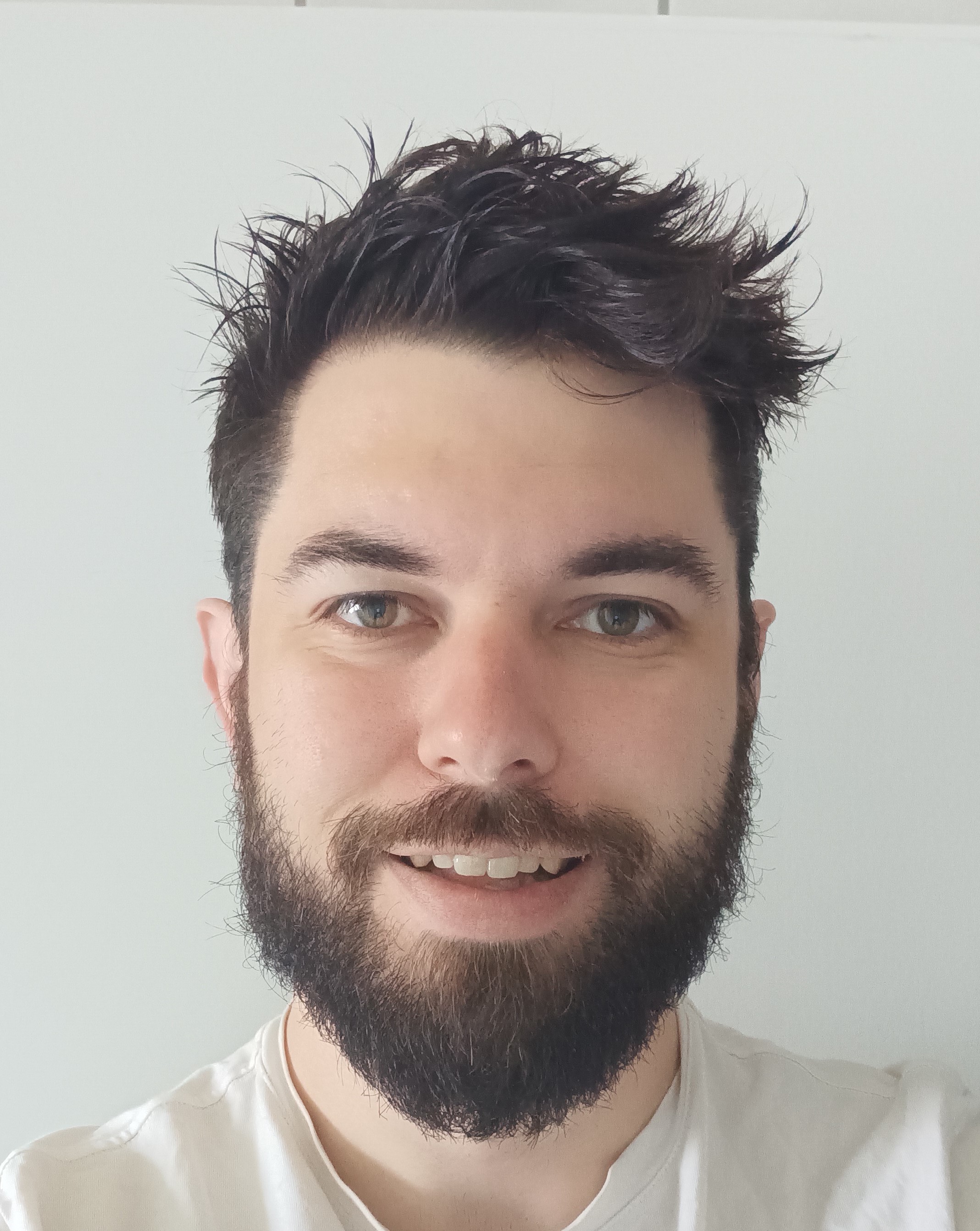Physicist by training, Data Scientist by trade
I’m a Medical Physics researcher for internal radiation treatments of cancer. My background is in theoretical physics, with my PhD specializing in Effective Field Theories of QCD. In addition to the software development involved with physics, I’ve completed various passion projects from my “hobby programming”, including a desktop app for curve-fitting, and a VR game published on Steam.
News:
- February 2025 — I’ve accepted a Postdoctoral Fellowship at the Carleton Laboratory for Radiation Physics. Good to be back!
- October 2024 — I’ve put out a new blog post called Comparing Classifer Perforance – and Introduction to BEA where I grapple with the problem of comparing the performance of classification models when their class cardinalities differ.
- April 2024 — My R package ClusterByDensity can now be used to find clusters in 2D point-spread datasets. Read about it here!
- December 2023 — I’ve uploaded my DataCamp final project that goes through the entire pipeline of data cleaning, exploratory analysis, model building, and model appraisal.
- November 2023 — Tutorial pages for MIW’s AutoFit are now live.
- October 2023 — I’ve built a rudimentary sentiment analysis model using Kaggle’s Netflix Movie Rating dataset. I deployed the model to an EC2-instance so that you can check it out for yourself! Or read the blog post here.
- August 2023 — Completed DataCamp’s Professional Data Scientist certification.
- March 2023 — I stumbled across a code golf stack exchange post about quickly factoring large prime numbers using a Multiple Polynomial Quadratic Sieve. I’ve immortalized the post’s content in my FastFactor repo, updated for Python 3.x
- December 2022 — MIW’s AutoFit is now available for download.
- March 2022 — I defended my thesis, completing my PhD in particle physics at the University of Toronto
- October 2021 — Met the PhD quota! My third paper Factorization of Power Corrections in the Drell-Yan Process in EFT has been published in Phys Rev D!
- October 2021 — After a year of arguing with reviewers, our new article Rapidity logarithms in SCET without modes has been published in Nucl Phys A.
- March 2019 — I presented our prelimary work on the cancellation of rapidity divergences at the annual SCET workshop in San Diego.
- May 2018 — My first THEP publication, entitled Renormalization of dijet operators at order 1/Q² in Soft-Collinear Effective Theory, has been published by JHEP!
